Delta CRJ-900 Accident In Toronto: Preliminary Report Published
One Mile at a Time
MARCH 20, 2025
degrees to the right, and a rate of descent of 1,110 feet per minute The plane touched down at a bank angle of 7.5 degrees to the right, and 3g vertical acceleration, and a rate of descent of approximately 1,098 feet per minute. So what caused such a steep descent, and why wasnt a go around performed?

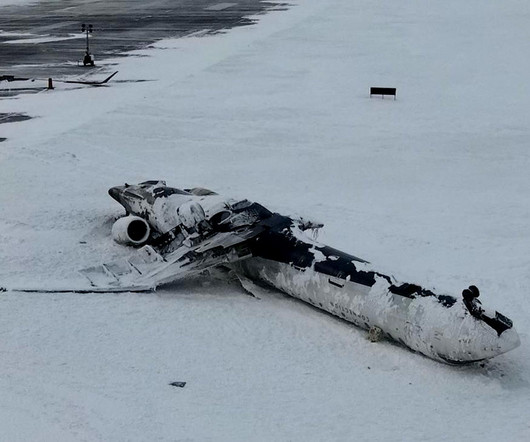











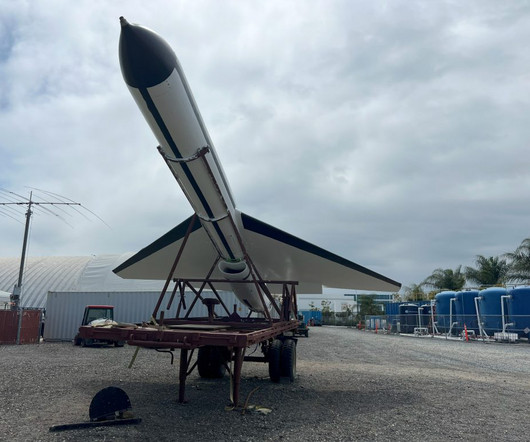
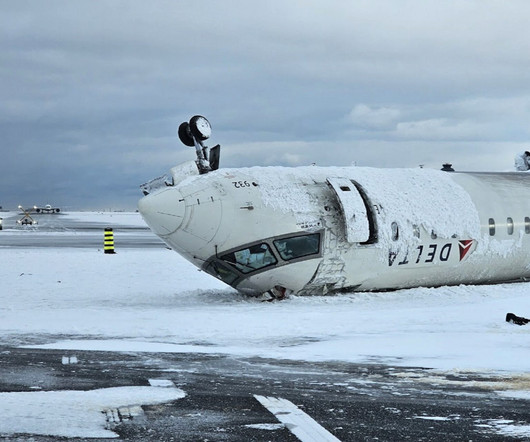

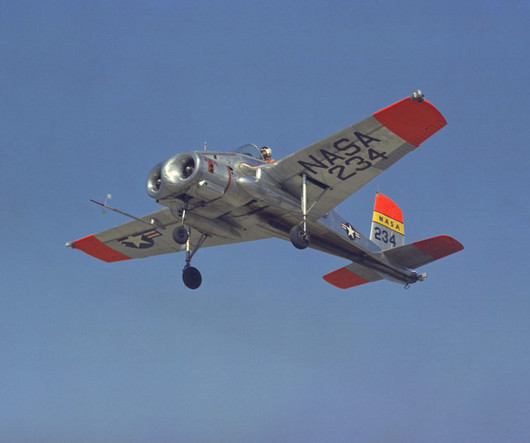
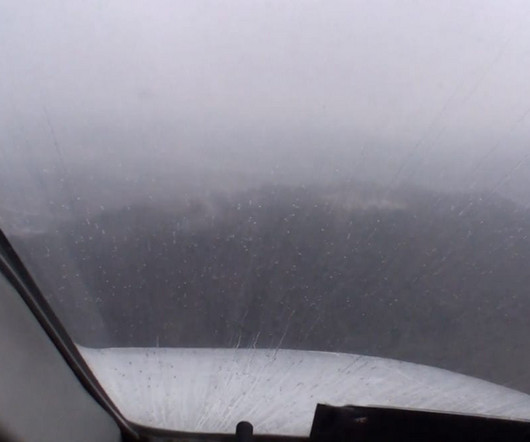
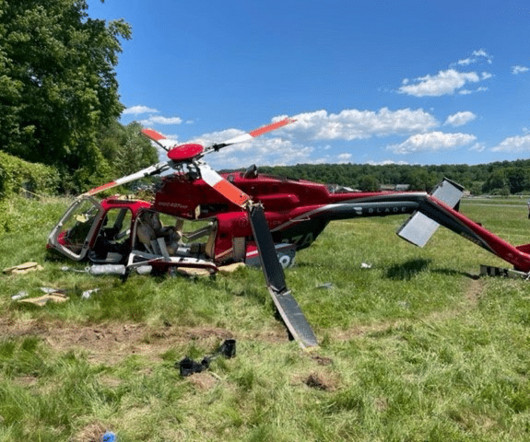
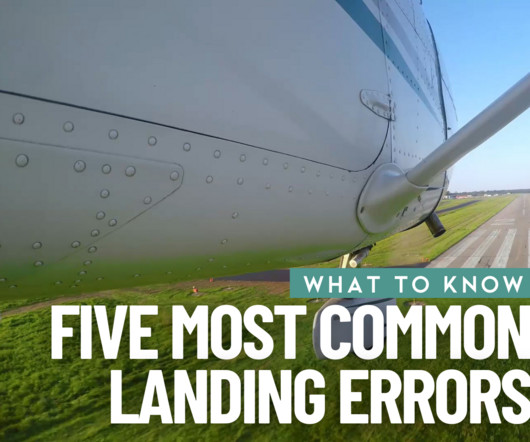

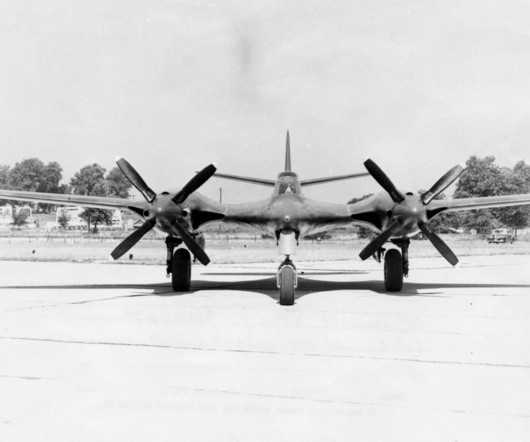










Let's personalize your content